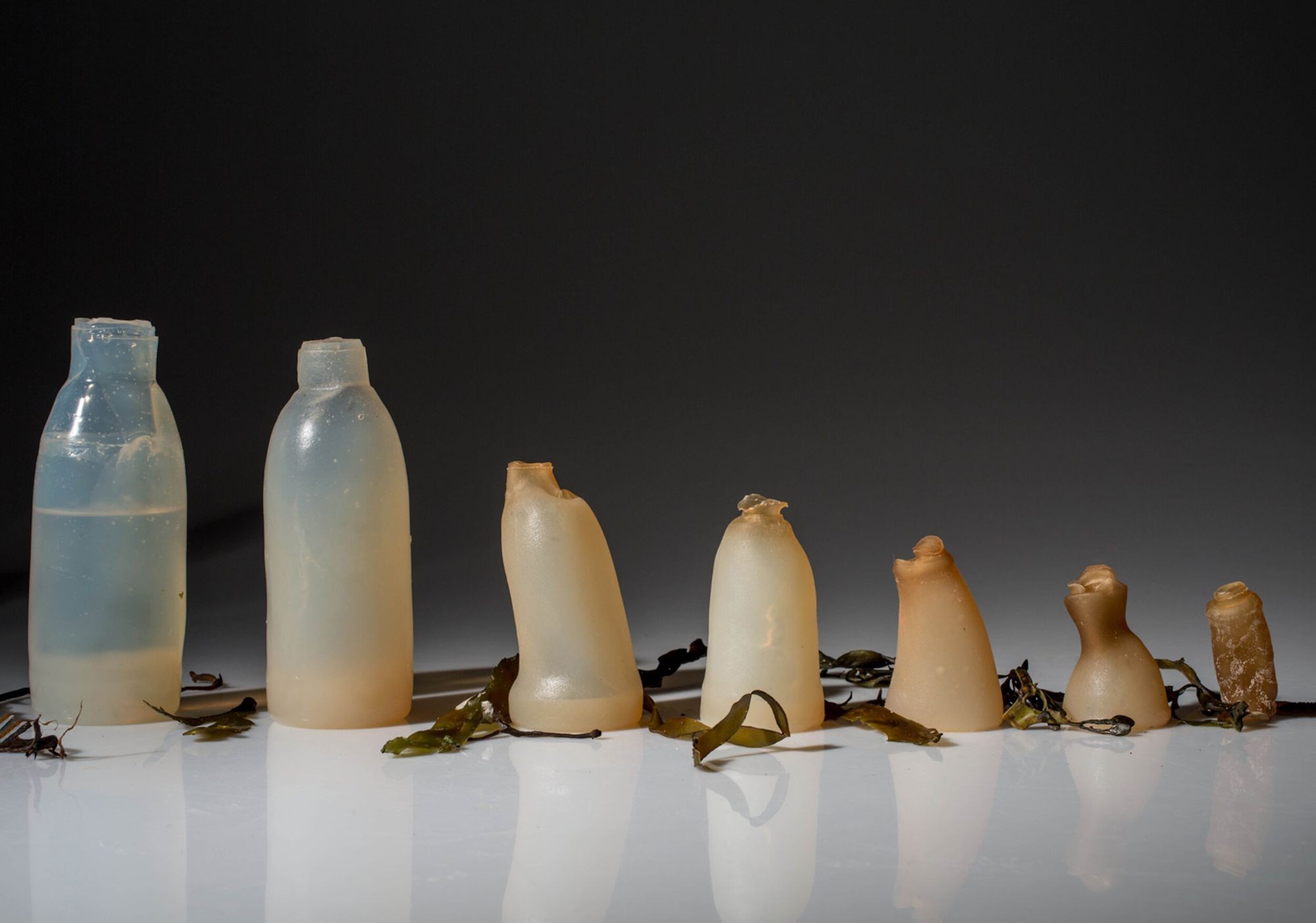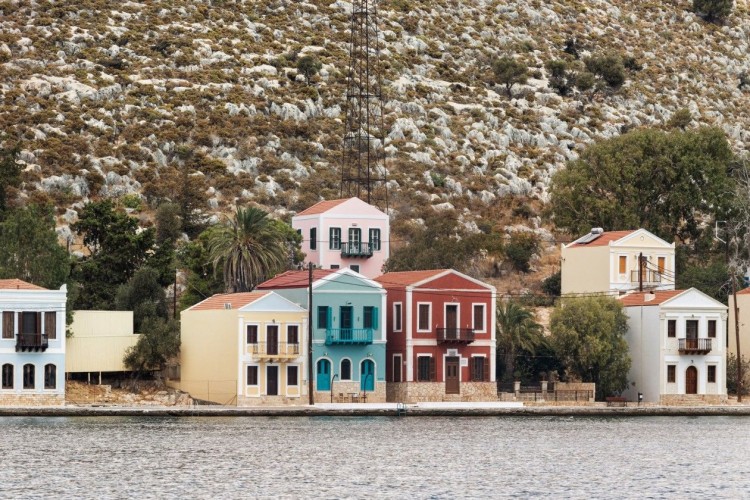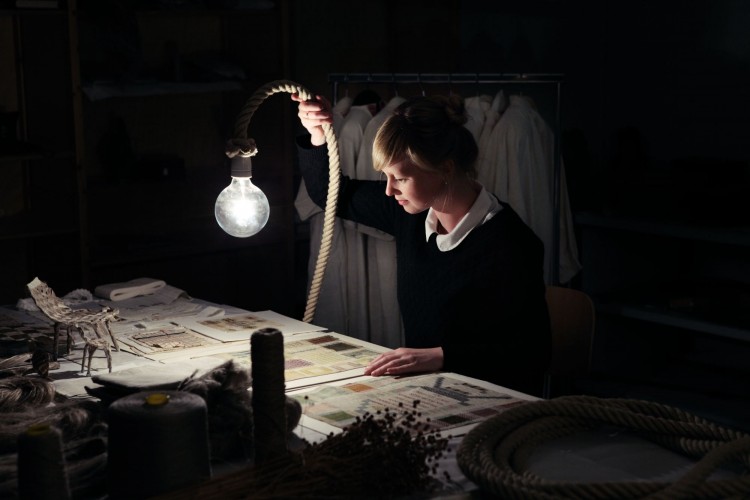Design με άλγη
DS.WRITER:
Vasilis Xifaras
Πηγή Κεντρικής Εικόνας : ripostemagazine.com
Με το φυσικό μας περιβάλλον να βρίσκεται σε κρίσιμη κατάσταση, πλέον απαιτείται να δώσουμε περισσότερη έμφαση στις νέες τεχνολογίες και τα καινοτόμα υλικά, που μπορούν να βελτιώσουν μακροπρόθεσμα τη ζωή μας. Ένα από αυτά είναι η άλγη.
Η άλγη είναι μια μεγάλη κατηγορία φωτοσυνθετικών ευκαρυωτικών φυτών. Το γνωστό σε όλους μας φύκι αποτελεί μια μακρο-άλγη, που είναι μακροσκοπική στη φύση και κατοικεί στη θάλασσα. Ένα φανταστικό πλεονέκτημα της άλγης είναι ότι, μιας και είναι φωτοσυνθετικό φυτό, παράγει οξυγόνο και απορροφά διοξείδιο του άνθρακα, καθαρίζοντας την ατμόσφαιρα από τους ρύπους.
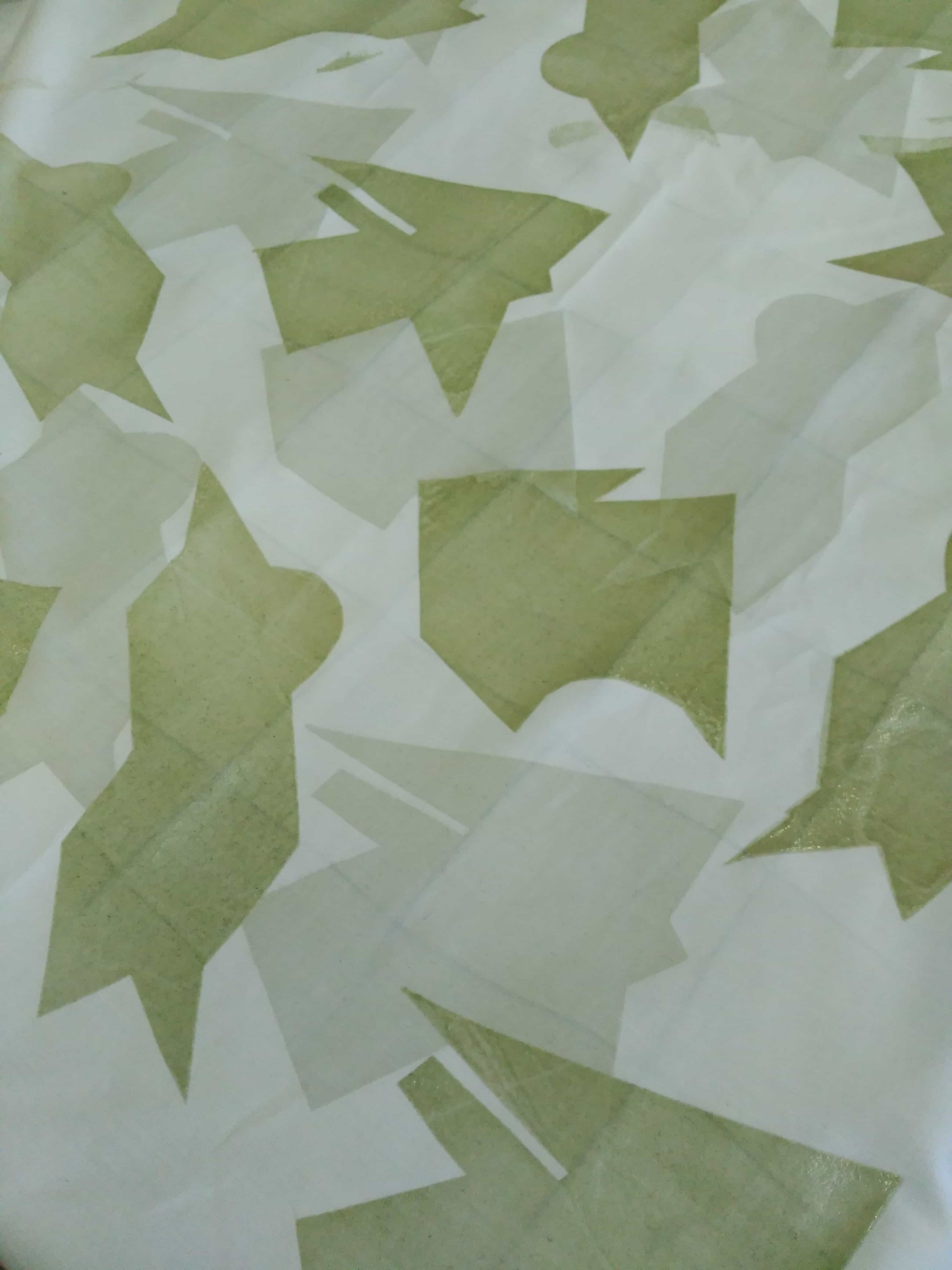
Πηγή: damnmagazine.net
Αποτελεί έκπληξη το γεγονός ότι η άλγη μπορεί να λειτουργήσει ως βαφή. Η ερευνήτρια María Boto Ordóñez αναζητεί νέους τρόπους παραγωγής χρωμάτων, μέσα από την καλλιέργεια μικροοργανισμών, ανάμεσα σε αυτούς και η μικρο-άλγη. Παίρνοντας τη βαφή από τον οργανισμό και μεταφέροντάς τη σε σαρωτές και χαρτιά, με τη μορφή μελανιού ή γεμίσματος ενός τρισδιάστατου εκτυπωτή, η María Boto Ordóñez παρατηρεί ότι το χρώμα της άλγης ξεθωριάζει εν καιρώ. Αυτό έδωσε το έναυσμα σε άλλους ερευνητές να κατανοήσουν περισσότερο την άλγη και τη σχέση της με τον χρόνο.
Βιοπλαστικό από άλγη
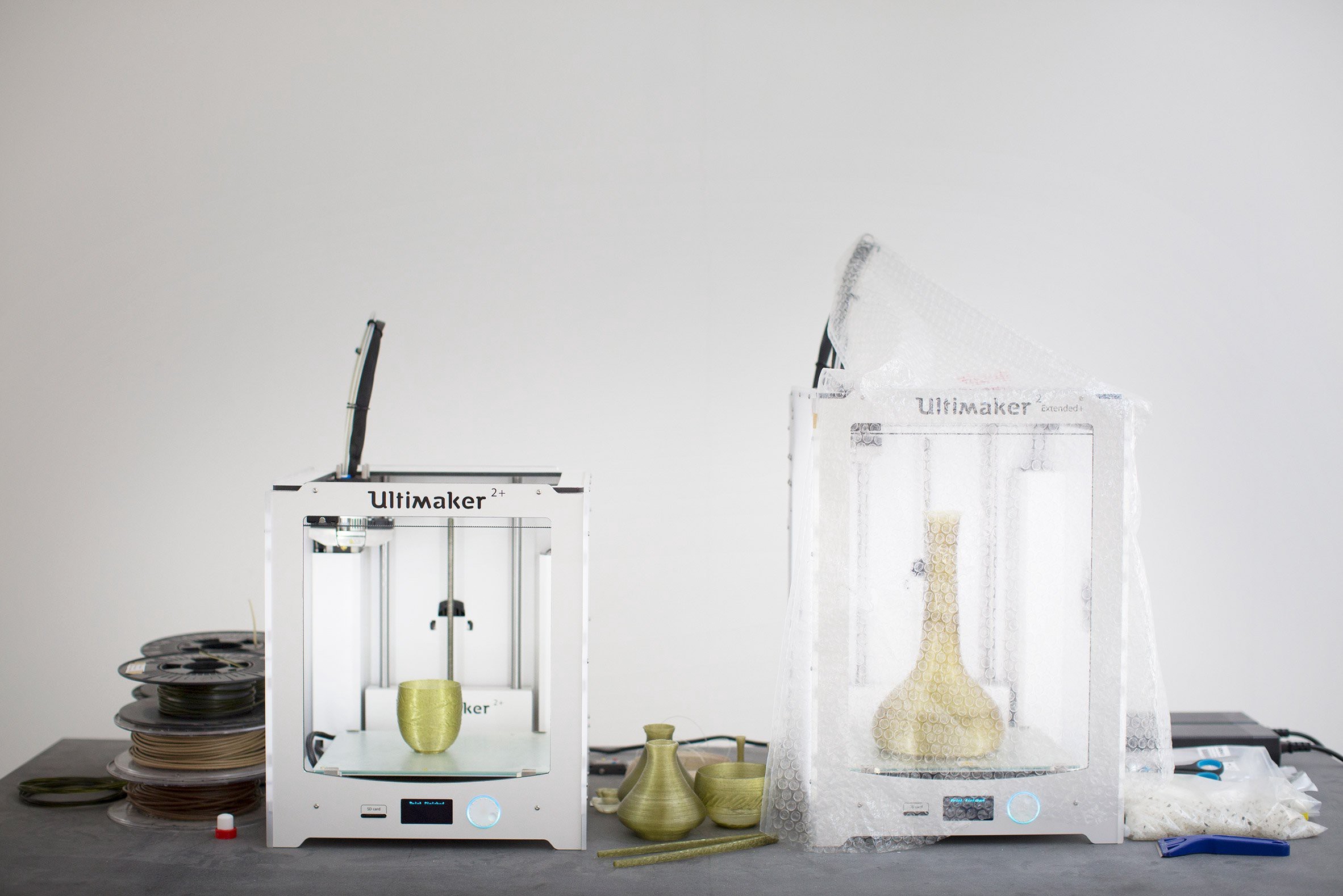
Πηγή: medium.com
Το πλαστικό αποτελεί ένα από τα πιο διαδεδομένα αλλά συγχρόνως τοξικά υλικά πάνω στον πλανήτη. Για την παραγωγή του εξαντλούνται μη ανανεώσιμες πηγές ενέργειας, κυρίως πετρέλαιο, ενώ είναι φυσικώς αδύνατη η βιοδιάσπασή του. Μιας και το πλαστικό είναι ένα πολυμερές, επιστήμονες εφευρίσκουν νέα υλικά με παρόμοιες δυνατότητες, που βασίζονται σε αυτήν ακριβώς την ιδιότητα. Τα λεγόμενα βιο–πολυμερή μπορούν να δημιουργηθούν από διάφορες οργανικές ύλες, όπως το άμυλο πατάτας και καλαμποκιού, το ζαχαροκάλαμο και το φύκι. Πρόσφατα, όμως, οι Ολλανδοί σχεδιαστές Eric Klarenbeek και Maartje Dros δημιούργησαν ένα βιοπλαστικό από άλγη. Το προϊόν αυτό μπορεί να χρησιμοποιηθεί σε τρισδιάστατες εκτυπώσεις. Δηλαδή, μπορεί να λειτουργήσει ως πρώτη ύλη για ένα δοχείο, μια καρέκλα, ένα τραπέζι ή ακόμα και ένα ολόκληρο σπίτι. Ας μην ξεχνάμε ότι, για την παραγωγή ενός βιοπλαστικού προϊόντος, δαπανείται περίπου η μισή ενέργεια σε σχέση με ένα αντίστοιχο πλαστικό. Επομένως, γίνονται ήδη φανερά τα πλεονεκτήματα του σχεδιασμού με αυτό το υλικό.
Αντικείμενα design από άλγη

Πηγή: materialdistrict.com
Ένα αξιοσημείωτο παράδειγμα χρήσης βιοπλαστικού από άλγη είναι η σειρά συσκευασιών «Zero Waste» από την Austeja Platukyte, απόφοιτη της Ακαδημίας Τεχνών του Βίλνιους και ερευνήτρια τεχνολογίας και κατασκευών. Το υλικό που χρησιμοποίησε παράγεται από μόλις δύο ουσίες: άγαρ από την άλγη και ανθρακικό ασβέστιο ενισχυμένο με ένα γαλακτωματοποιητικό κερί. Πρόκειται για ένα ελαφρύ και αδιάβροχο υλικό, το οποίο μετά τη χρήση του μπορεί να χρησιμοποιηθεί ως λίπασμα για το χώμα, συντελώντας στη διατήρηση της υγρασίας του εδάφους.
Σε μια άλλη περίπτωση, ο Ari Jónsson, φοιτητής της Ακαδημίας Τεχνών της Ισλανδίας, κατάφερε να παραγάγει βιο–διασπώμενα μπουκάλια, συνδυάζοντας το άγαρ που παράγεται από τη σκόνη κόκκινης άλγης με το νερό. Αυτό το μείγμα, αφού ζεσταθεί, χύνεται σε μήτρες με σχήμα μπουκαλιού, που, αφού τοποθετηθούν σε ψυχρό περιβάλλον, παράγουν ένα σταθερό δοχείο νερού, το οποίο μάλιστα είναι κατάλληλο για κατανάλωση (τόσο το νερό που περιέχεται όσο και το ίδιο το δοχείο).
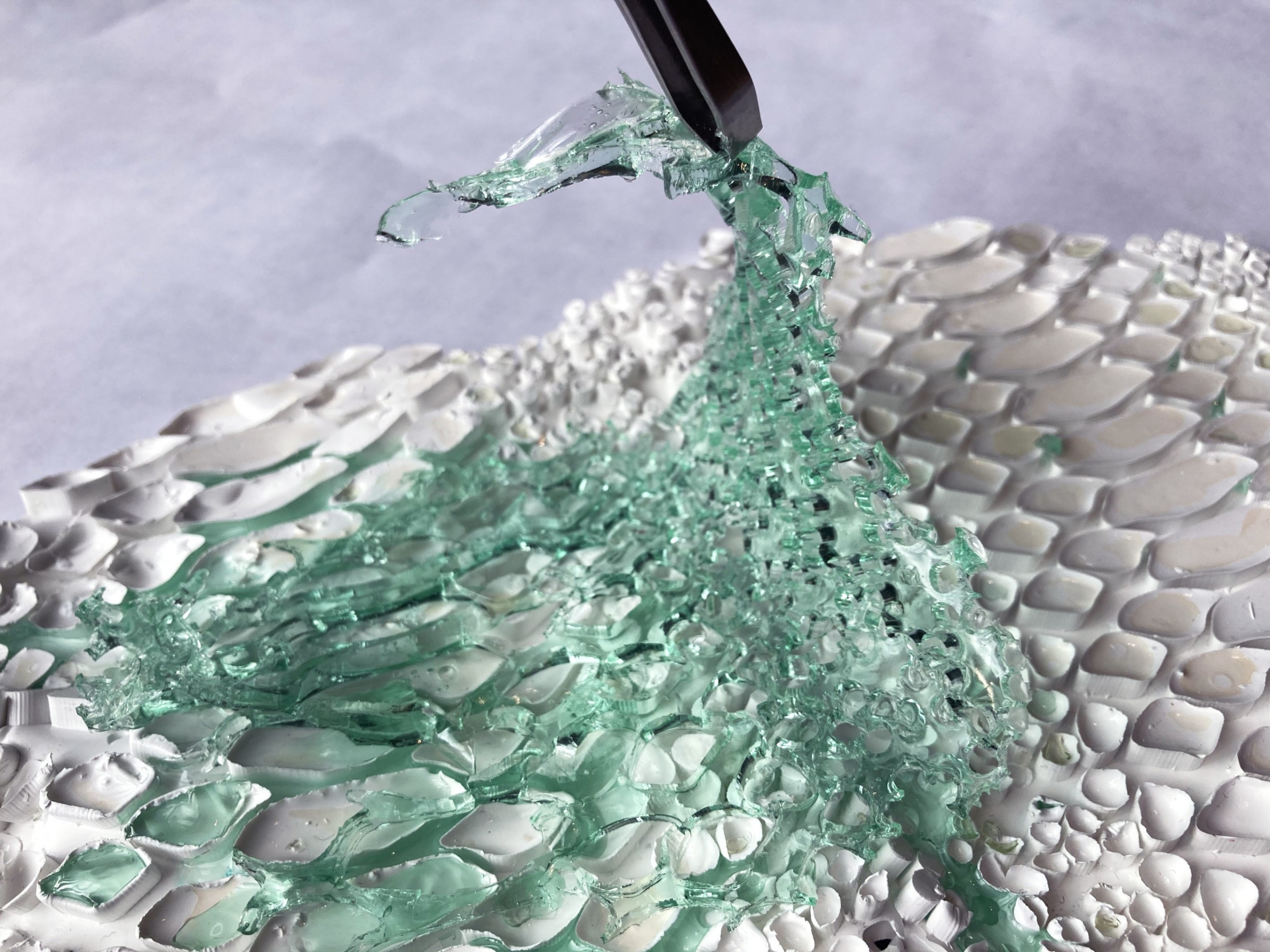
Ύφασμα από άλγη και πρωτεΐνη από μετάξι, της Scarlett Yang | Πηγή: materialdistrict.com
Ευρεία είναι η χρήση βιοπλαστικού από άλγη στη μόδα. Αδιάβροχα παλτό που αναπνέουν, βιοδιασπώμενες μπλούζες, αλλά και αθλητικά παπούτσια που χρησιμοποιούν σε μεγάλο τους ποσοστό αυτό το υλικό αντί για πλαστικό, έχουν ήδη βγει στην αγορά.
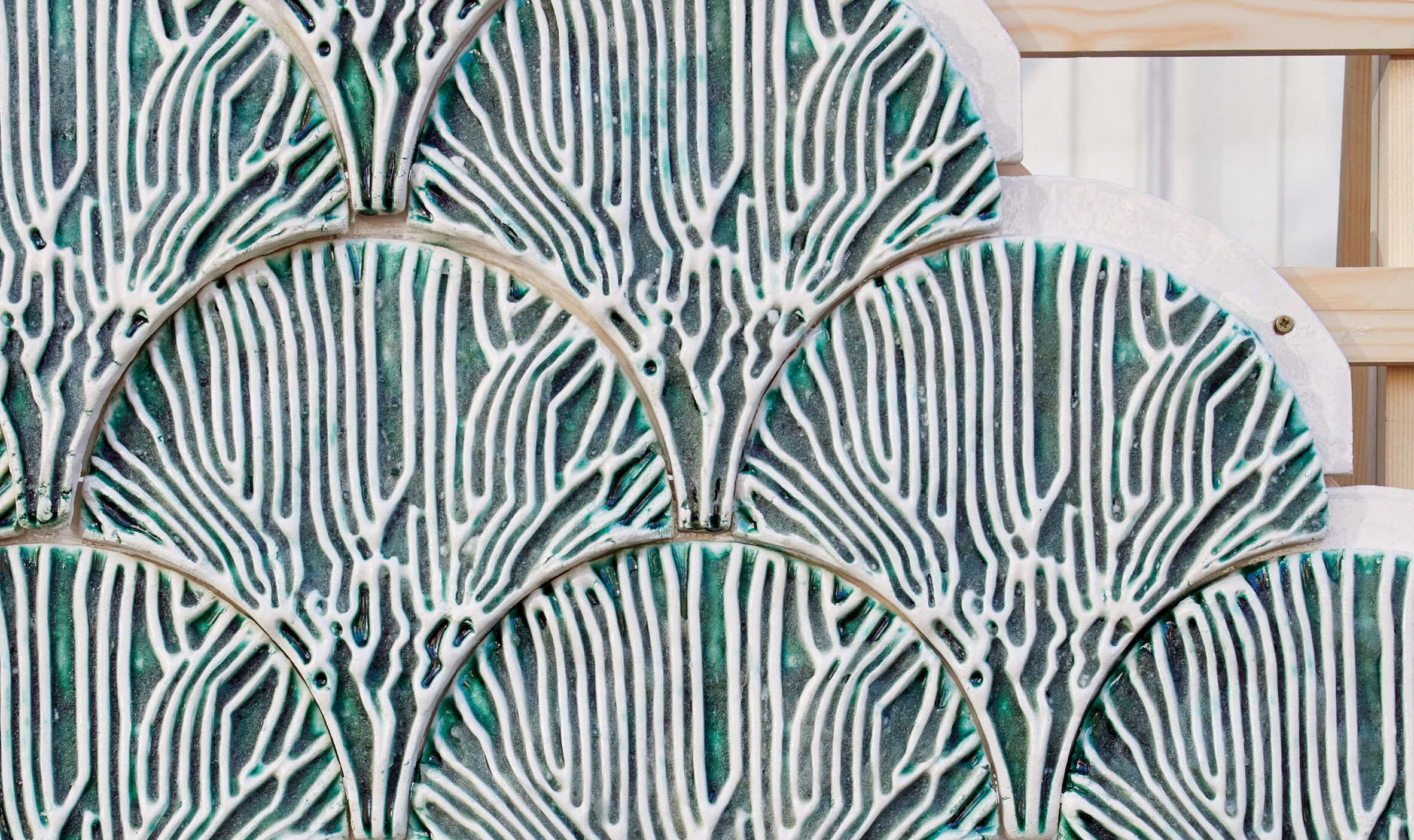
Πηγή: designwanted.com
Στον τομέα της οικοδομικής, συναρπάζει το πλακάκι που περιέχει μεγάλη ποσότητα άλγης, βοηθώντας στον καθαρισμό των υδάτων από τοξικές ουσίες. Η Σχολή Αρχιτεκτονικής του Barlett, λοιπόν, σχεδίασε το πλακάκι «Indus», που μπορεί να τοποθετηθεί σε μέρη με μολυσμένα ύδατα και να κατασκευαστεί in situ. Πρόκειται για ένα πήλινο πλακίδιο, με σχήμα βεντάλιας και μια σειρά από κανάλια που μοιάζουν με φλέβες και μιμούνται τη δομή των φύλλων, τα οποία κατανέμουν το νερό ομοιόμορφα σε κάθε μέρος του φυτού. Το κάθε κανάλι γεμίζεται με μικρο–άλγη, και, αφού το πλακίδιο τοποθετηθεί σε κατακόρυφη επιφάνεια, το νερό που το διατρέχει δύναται να εξέρχεται καθαρό. Αυτή η κατασκευή, εκτός του ότι μπορεί να λειτουργεί συνέχεια με σταδιακή ανανέωση της ποσότητας της άλγης, εξοικονομεί σημαντικό χώρο, καθώς οι συσκευές καθαρισμού τού νερού είναι συχνά ογκώδεις.
Οι προοπτικές, λοιπόν, για τον σχεδιασμό με άλγη είναι πράγματι φιλόδοξες. Θα πρέπει να επισημανθεί, ωστόσο, ότι δεν είναι όλα τα βιοπλαστικά προϊόντα φιλικά προς το περιβάλλον, αφού δεν μετατρέπονται όλα πλήρως σε λίπασμα. Η διάσπαση σε μικροσκοπικά σωματίδια ή σκόνη, χωρίς να γίνεται βιοδιάσπαση, μπορεί να θέσει σε κίνδυνο ζωντανούς οργανισμούς. Επομένως, είναι κρίσιμης σημασίας η πρόβλεψη της ανακύκλωσης ολόκληρου του αντικειμένου, ήδη από τη διαδικασία του design, ώστε κάθε αντικείμενο να δίνει ζωή σε κάτι άλλο.
Πηγές:
https://designmuseum.org/exhibitions/beazley-designs-of-the-year/product/indus
https://www.maxmag.gr/perivallon/vioplastika-giati-den-einai-i-lysi-sti-meiosi-ton-plastikon/
https://www.dezeen.com/2016/03/20/ari-jonsson-algae-biodegradable-water-bottles-iceland/
https://www.austejaplatukyte.com/
https://www.atelier-luma.org/en/projects/algaeplatform
https://www.damnmagazine.net/company_news/printing-microalgae/




